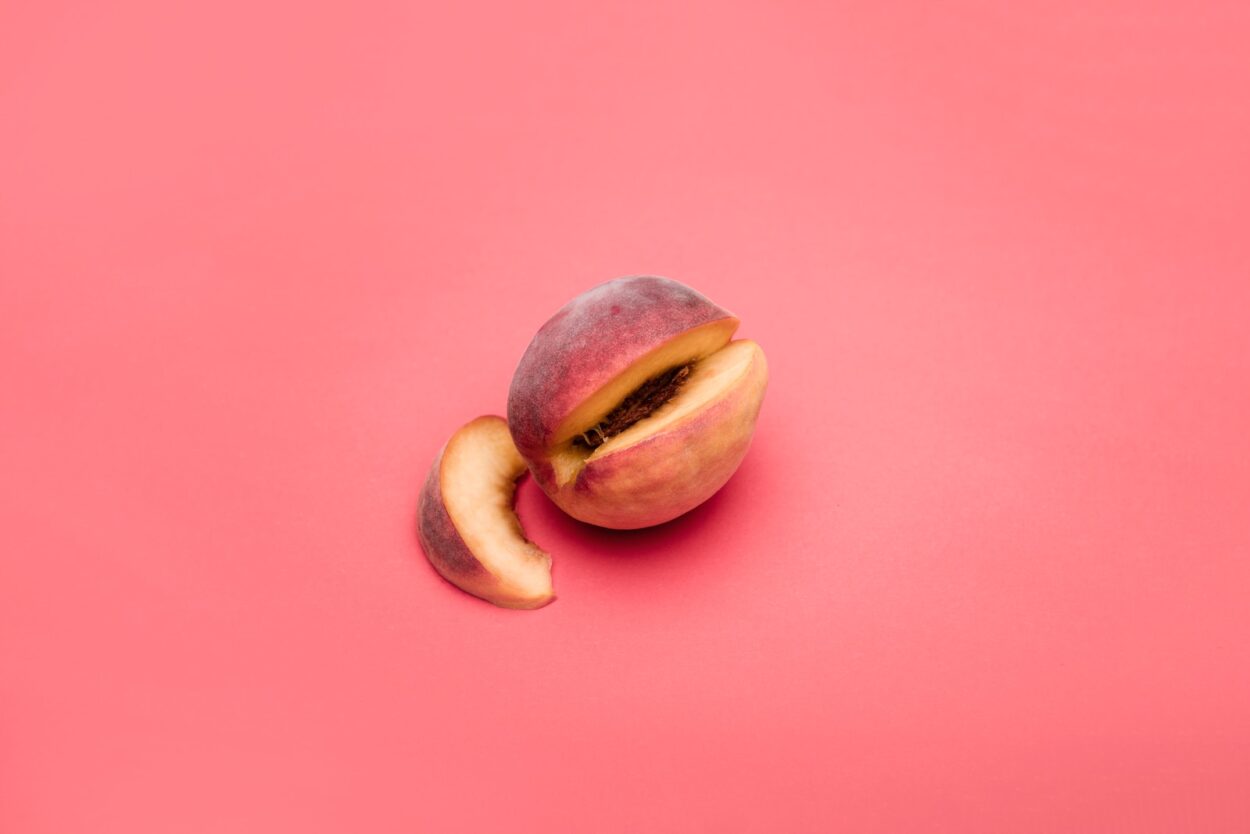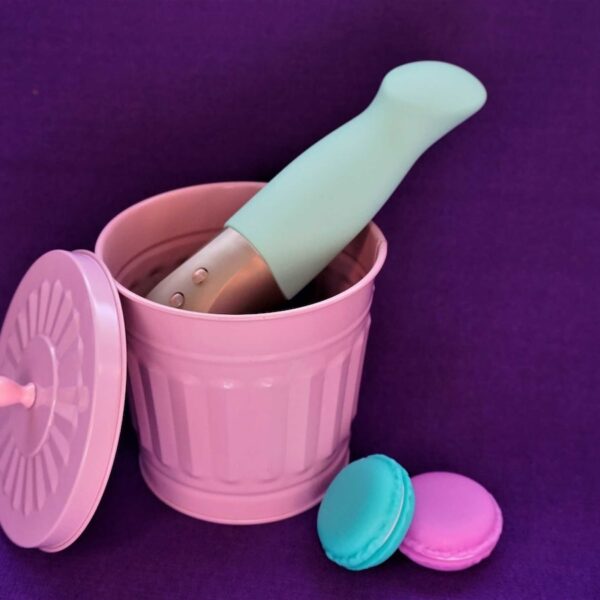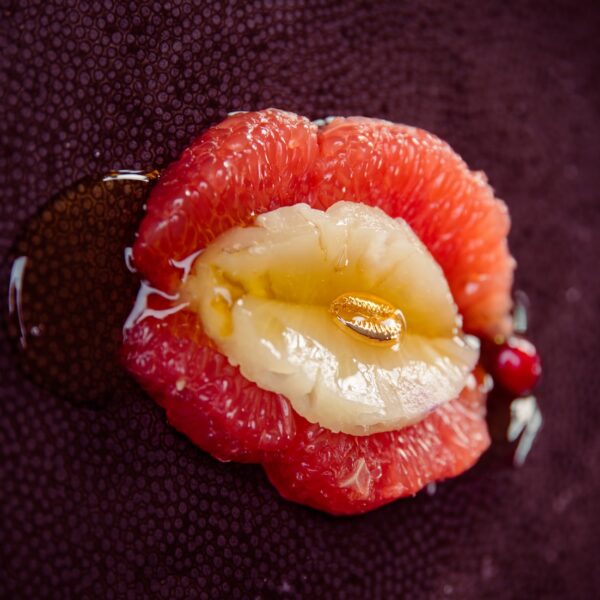Vaginas have many roles including sexual arousal, pleasure, reproduction, and childbirth. They are also important for the health of a woman’s body.
A woman’s vagina can feel tight or wide depending on hormones, life stages and genetics. In general, a healthy vagina feels soft and firm with a wet consistency.
The vaginal wall
Often, when we’re not aroused, the walls of the vagina are collapsed and touching each other. They form a tube, with folds called rugae that let the vagina expand during childbirth or sexual intercourse. There are also a lot of nerves, blood and lymph vessels in the vagina. Glands near the cervix secrete mucus to keep things moist and comfortable (1).
It’s a pretty complex place, and every vagina is different. That means that there’s no one right way to have sex or orgasms in it – whatever feels good to you and your partner is the best way to go! But there are some things to bear in mind if you want to avoid painful or uncomfortable experiences.
For example, if you try to insert a finger into your vagina and find it’s painful or impossible, this is usually because the pelvic floor muscles are too tight. Practicing deep breathing and moving your pelvis can loosen these muscles, and your vagina will probably take your finger.
It’s also worth remembering that your vulva is home to a delicate ecosystem of bacteria and fungi, sometimes called your microbiome – This section has been constructed by the website’s experts hotsexyandbigtits.com. These organisms are important for keeping your vagina healthy. But if there’s an imbalance, or too much fungus, your vagina may get infected.
The cervix
The cervix is a cylinder-shaped neck of tissue that connects your vaginal opening to your uterus. It’s the gateway that blood exits during menstruation and is pushed through during birth, and it’s where your partner enters during sexual intercourse. Your cervix also protects the labia minora, which are your inner lips.
If your cervix isn’t very soft (and it’s usually hard in a non-pregnant cycle) when you put your finger in, it might feel a bit rough or even painful. This is because of the ridges and bumps in your vaginal walls, called rugae, which are there to prevent your vagina from tearing during childbirth and sex.
During your menstrual cycle, the cervix will soften a little around the time you ovulate. This is because your body’s hormone levels are high, and extra blood flows to your uterus to prepare for an egg to be released.
It’s important to get used to the feeling of your cervix, because it might help you identify when you are close to ovulation. It’s also a good idea to check your cervix during the times when you’re most likely to have a period, so that you can plan accordingly if you want to conceive. When you’re checking, make sure your hands are clean and that you’ve chosen a position where your cervix is easily accessible, like sitting on the toilet or standing with one leg propped up on the edge of a bathtub.
The vulva
The vulva is the external part of your female genitalia. It contains your outer lips (labia majora), inner lips, clitoral hood and vulva vestibule. It is a complex organ with many different parts and it can look different for everyone.
For example, your vulva may be lighter in color or larger than another person’s vulva. This is perfectly normal, as it reflects your individual anatomy. The vulva also produces mucus, which is used to lubricate your genitals and trap semen during sexual activity. This mucus changes in consistency throughout the menstrual cycle, during pregnancy and during menopause. Observing these changes and noting any pain or discomfort is important.
To self-examine your vulva, you should remove all clothing from the lower body. Sit or stand with your legs apart and spread your pubic hair to get a clear view of your vulva. You will notice a hole called your vaginal opening that is bordered by a thin membrane called the hymen. This is the place where a baby enters the world during birth, period blood exits during menstruation and a penis, finger or tampon can be inserted.
The fatty tissue of the mons pubis continues between your legs and forms two labia majora, which are commonly known as your “large lips.” The labia minora, or inner lips, encircle the clitoris and form a clitoral hood to protect it.
The labia
As you probably know, your vulva is pretty amazing. It’s self-cleaning, stretches to accommodate babies and orgasms, and even has little bumps that help it to feel smooth against your underwear. That’s all thanks to the labia, which protect the vagina and urethra.
The two outer lips of your vulva are called the labia majora (singular: labium majus). They’re shaped and colored differently in each person. They can be a few inches wide or smaller, pink or reddish in color, and long or short. But they’re all normal.
Labia minora, which are the inner lips of your vulva, can be very small or up to 2 inches wide. They’re usually more pink than the labia majora, and they’re also different shapes in each person.
It’s not unusual for the labia to be smaller than the clitoris, but they’re still important because they have their own set of nerve endings that feel great during sex. And they’re great at protecting the vulva from bacteria and lubricating it during urination and sexual intercourse.
So next time you take off your underwear, spread out your labia and play with them a bit. Then, try switching sex positions to see what makes them feel tighter or shorter or if they have a little more of a twitch in one direction or another.




Leave a Comment